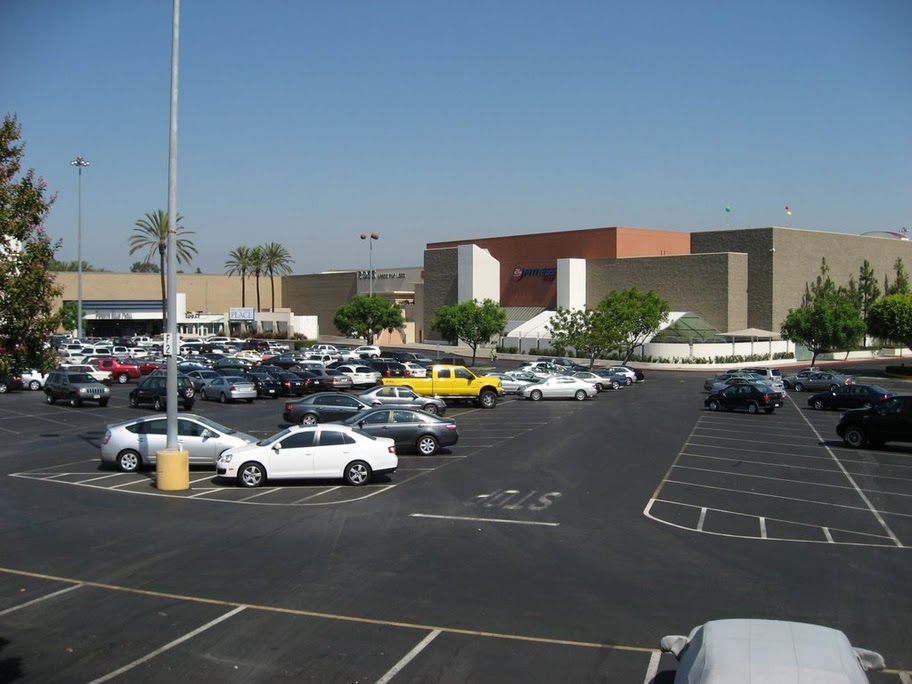The Download: Abandoned strip malls may emerge as an unlikely fix to California’s worsening housing crisis. According to a new UrbanFootprint study, a stretch of the famed thoroughfare El Camino Real could accommodate more than 300,000 new housing units if it was re-zoned to allow residential development in parking lots and conversions of big-box retailers into low-rise apartments.
Why It Matters: According to the California Housing Partnership, the state needs at least 1.3 million more affordable rental units. While converting underused office and retail space into apartments doesn’t sound like the most revolutionary idea, the simple solution is gaining attention from state lawmakers as pandemic-induced remote work persists while offices and brick-and-mortar retailers remain empty. In December, California State Senator Anna Caballero helped introduce Senate Bill 6, which would fast-track the creation of walkable infill development and make it easier to convert land originally zoned for commercial uses into housing.
In Their Own Words: “We have an opportunity to create a much more walkable community, build more housing, and stop sprawl,” said Caballero. “We have a housing shortage today of 2.5 to 3 million units statewide. If they were all built tomorrow, they’d have tenants.”
Surface Says: While strip malls may be crucial in helping close the housing gap, it just seems like a band-aid for one of the state’s most urgent systemic issues.
